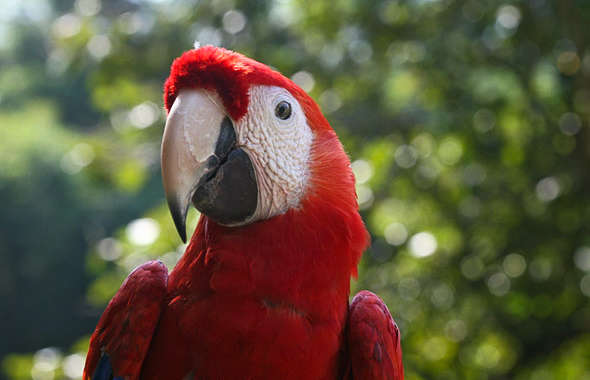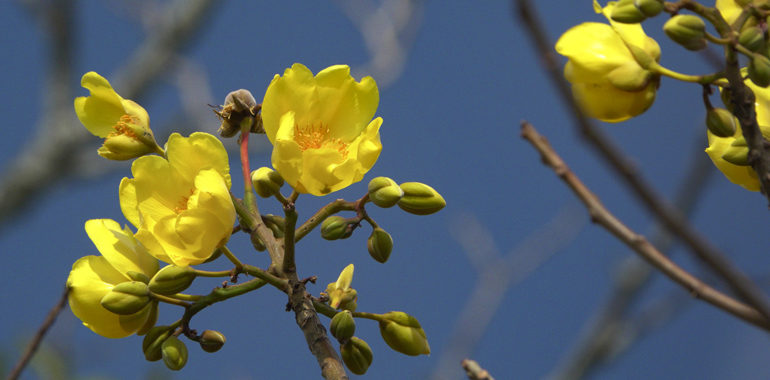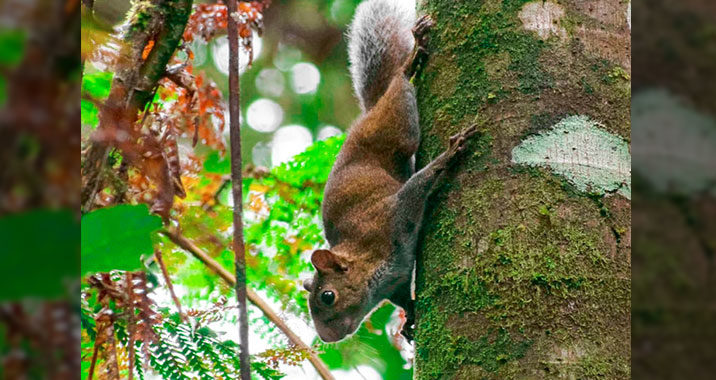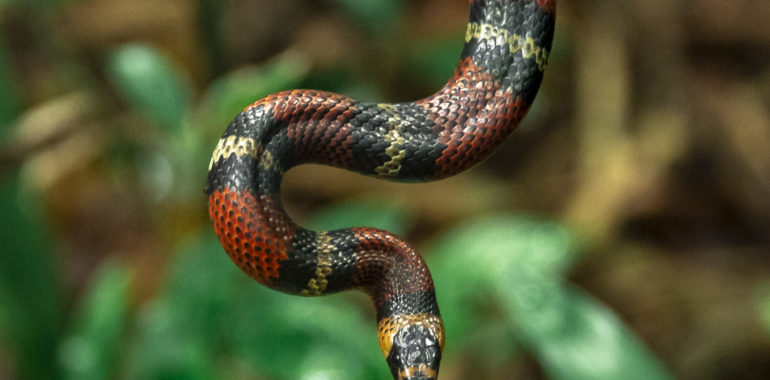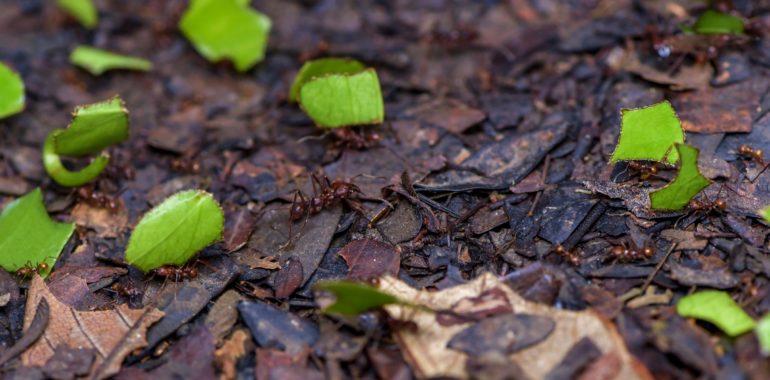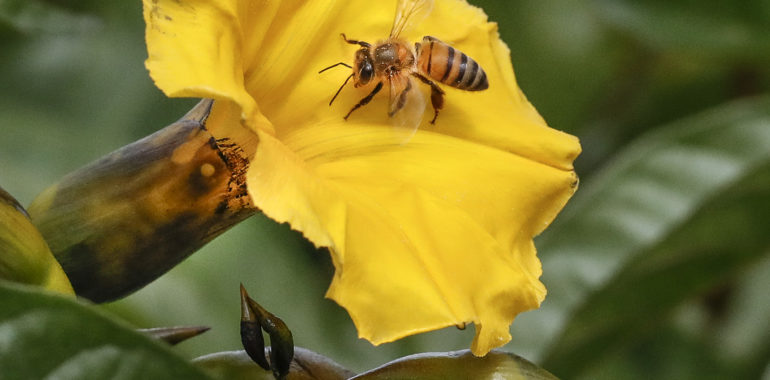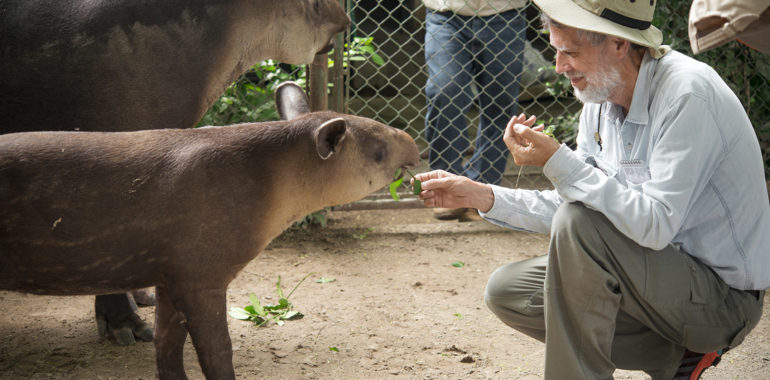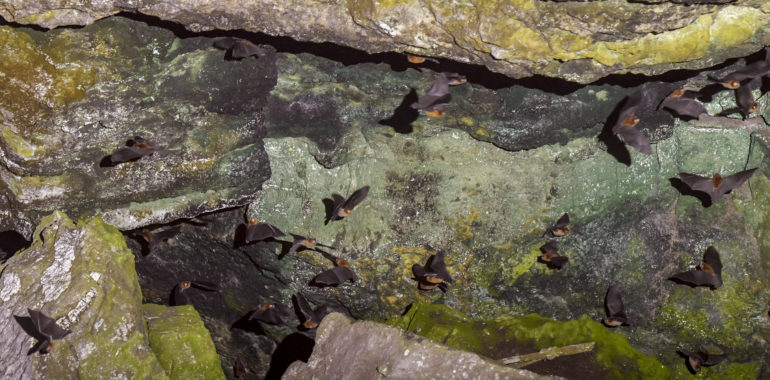Birds are one of the most widely distributed biological groups, with species present on all continents where they can live, reproduce and feed in different ecosystems. It is estimated that there are currently 11,362 bird species on the entire planet! That is almost a quarter of all animals in the whole world. These amazing creatures…
The dilemma of the spring in Guatemala, is it really eternal? Part 2
The fall equinox has roughly started (on September 22nd), but instead of turning brown and losing their leaves, many plants start to bloom and create impressive sceneries throughout Guatemala. Yet, many species had already bloomed starting from March. Why are there again so many flowers? Combretum sp. road from Jalapa to Chiquimula, Dec. 2021. Photography…
Guatemalan Squirrels
Squirrels are a group of arboreal rodents belonging to the suborder Sciuromorpha, where groundhogs and prairie dogs are also found (Wilson & Reeder, 2005). They belong to a group of Eurasian origin (Laurasiatheria) that through different dispersal events have been able to colonize all continents, except Antarctica and Oceania (Mercer & Roth, 2003). Squirrels can…
Snakes from the lowlands of northern Guatemala
Snakes are a group of reptiles belonging to the order Squamata, including lizards. Guatemala has more than 273 species of reptiles. Of which 133 species are snakes. The lowlands of northern Guatemala is the area with the most species with around 73 species, being more than half of the species present in the country. In…
The Wonders of Cetaceans
Cetaceans are divided into two groups: Mysticeti (Mysticeti), which have baleen to filter their food, like the humpback whale and the blue whale; and the Odontocetes (Odontoceti), known as the toothed cetaceans, among them are the dolphins, killer whales and sperm whales. Characteristics and adaptations of cetaceans Cetaceans evolved fifty million years ago from…
National Day of the Agronomist, Forestry and Environmental Engineer in Guatemala
In a country like Guatemala, where the base of the economy has always been agriculture, the work of agricultural, environmental, agro-industrial, and forestry engineers is of great importance for the development, sustainable management of resources, and conservation of biodiversity. On June 14, 1950, the Faculty of Agronomy of Universidad San Carlos de Guatemala was officially…
What are the so called in Guatemala “zompopos de Mayo”?
The well-known zompopo de mayo in Guatemala is an ant species that belongs to the leafcutter and fungi cultivator ant group in the Atta genus. In that sense, these are the ants that can be frequently seen forming rows and carrying leaf trimmings. The colonies of these ants are conformed by worker ants of different…
World Bee Day
Bees are considered one of the most important animals on the planet, they have benefited humans, plants, and the environment for a long time. By carrying pollen from one flower to another, bees and other pollinators enable not only the production of an abundance of fruits, nuts, and seeds but also more variety and better…
World Tapir Day
In Guatemala, the Central American tapir is known as danto or danta in Spanish, tixl in Q’eqchi’, tucumbalan in K’iche’, tix in Poqomchi and tzimin in Jakalteko. The Mayan cosmogony tells that the gods created humans from the mixture of corn dough with snake and tapir blood, so these animals were sacred in such a…
Discovering “El Zotz”: Bats and Mayan culture
In February of this year, we had the opportunity to visit the Biotopo Protegido San Miguel La Palotada El Zotz as part of our ongoing Biodiversity Documentation project in La Reserva de la Biósfera Maya. The Biotope is located in the municipality of San José, Petén, 584 km from Guatemala City and 65 km from…

